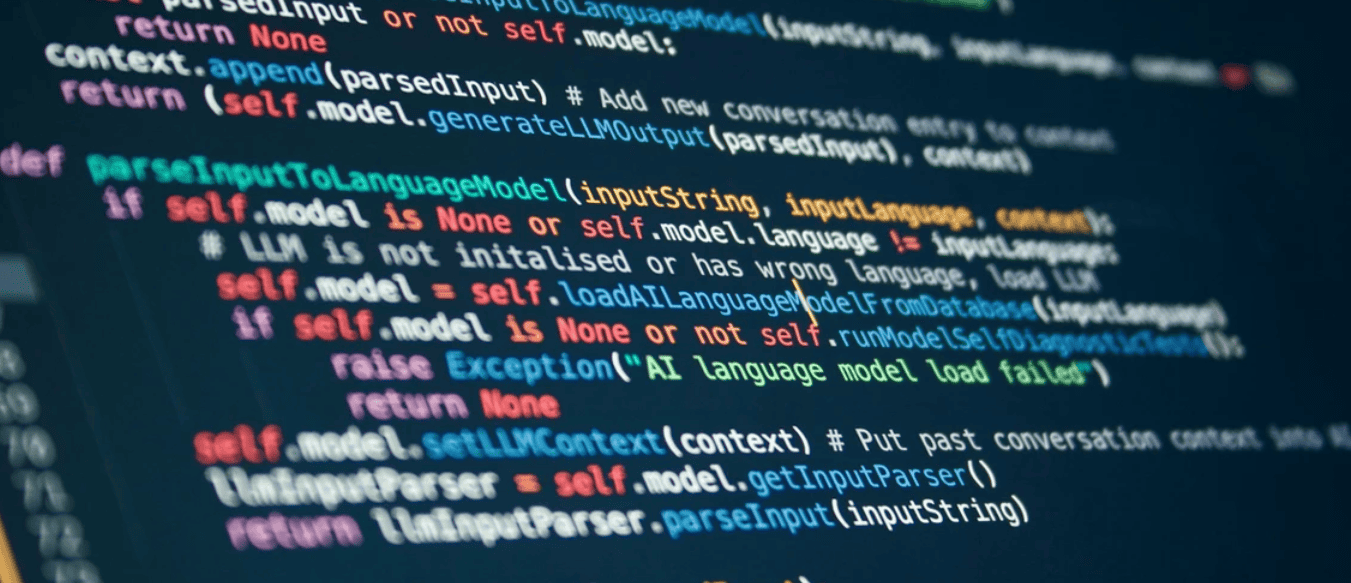The rapid development of artificial intelligence (AI) is transforming the global economy and reshaping labor markets. What does this mean for the South Asia region?
South Asia’s workforce has limited exposure to changes caused by the adoption of AI owing to the predominance of low-skill, agricultural, and manual jobs. But moderately educated, young workers, especially in sectors such as business services and information technology, are vulnerable.
But AI could also bring substantial productivity gains, especially in sectors that have strong potential for AI to complement humans. Here are five key things to know, as outlined in our latest South Asia Development Update: Jobs, AI, and Trade.
1. Rising importance of AI
The economic shifts caused by AI will likely have profound consequences for labor markets in South Asia, bringing both opportunities and risks for sustained, rapid job creation.
According to job postings collected by Lightcast (a labor market research and consulting firm with a database covering 28 million listings between 2020 and 2025) between January 2023 and March 2025, the share of AI-related postings in South Asia more than doubled—from 2.9 to 6.5 percent of all listings—and demand for AI skills grew 75 percent faster than overall non-AI listings.
AI-related jobs over time

Source: Lightcast (database); World Bank.
Note: AI = artificial intelligence. Line shows the share of AI-related job postings in all Lightcast South Asia postings from August 2020 to February 2025.
2. Degrees of exposure and complementarity with AI
Jobs vary in terms of their exposure and complementarity to AI. Exposure is the overlap between the skills required in an occupation and the capabilities of generative AI. Complementarity reflects the degree to which humans are likely to remain essential in certain occupations.
The majority of jobs in South Asia tend to have low exposure to AI. These tend to be manual—farmers, firefighters, or factory workers. High exposure jobs tend to involve knowledge work. Jobs with high exposure and low complementarity include routine, remote jobs such as call center agents, secretaries, or digital application programmers. High complementarity, high exposure jobs instead often involve interpersonal interaction, responsibility, and expert judgment, such as CEOs, doctors, teachers, and lawyers.
AI exposure and complementarity by occupation

Source: Felten, Raj, and Seamans (2023); Pizzinelli et al. (2023); World Bank.
Note: AI = artificial intelligence. Chart is based on exposure and complementarity levels for 583 4-digit ISIC occupations. Exposure to AI is defined as a composite AI exposure score above the median across occupations. Complementary (substitutable) jobs are defined as a complementarity score above (below) the median score across occupations and above-median exposure. Black lines indicate median values for complementarity and exposure indices. Colored points highlight example occupations in each exposure group.
3. Moderate share of exposed jobs, high complementarity among exposed jobs
Across South Asia, only around 22 percent of jobs are classified as exposed, similar to the proportions observed in Sub-Saharan Africa and East Asia and the Pacific. Within South Asia, exposure varies by country: Nepal has the lowest average exposure, while Bhutan and Sri Lanka exhibit the highest exposure rates, reflecting their relatively more skilled and educated workforces. However, because these jobs are generally better paying, AI-exposed jobs account for 42 percent of all wage earnings.
Many of South Asia’s AI-exposed occupations feature high complementarity between humans and AI: about 70-percent of AI-exposed jobs (amounting to 15 percent of all jobs) are also complementary, and therefore less likely to be displaced by AI and more likely to enjoy productivity gains from AI adoption. This 70 percent share is by far the highest among EMDE regions, where the overall share of complementary jobs is 48 percent. Only 7 percent of jobs are highly exposed with low complementarity, and therefore at increased risk of displacement.
Share of jobs and labor earnings exposed to, and complementary with, AI in SAR

Source: Felten, Raj, and Seamans (2023); Global Labor Database; Pizzinelli et al. (2023); World Bank.
Notes: AI = artificial intelligence; SAR = South Asia. Exposure to AI is defined as a composite AI exposure score above the median across occupations. Complementary (substitutable) jobs are defined as having a complementarity score above (below) the median across occupations and above-median exposure. Bars show the share of jobs and total wage earnings exposed to AI, complementary to AI, or substitutable with AI.
4. More exposed jobs growing less rapidly
A slowdown in labor demand is already underway for the most exposed jobs that are least complementary to AI. Postings for more exposed jobs declined immediately and substantially relative to the trend in postings for less-exposed jobs after public release of ChatGPT in November 2022.
This drop is driven by cutbacks in job postings for the most-exposed jobs with the lowest human-AI complementarity, such as software developers, call center agents, accountants, and proofreaders. For example, labor demand for call center agents (top quartile exposure) fell 24 percent relative to machine operators (bottom quartile exposure). In contrast, in the most exposed but also most complementary jobs—such as lawyers, R&D managers, teachers, and architects—postings followed trends similar to less-exposed jobs.
Event study: bottom quartile complementarity

Sources: Felten, Raj, and Seamans (2023); Lightcast (database); Pizzinelli et al. (2023); World Bank.
Notes: The dashed vertical gray line marks the public release of ChatGPT. Charts show coefficients and 95 percent confidence intervals from event-study regressions at the 4-digit occupation sector by month level, where the log of total occupation-level job listings is regressed on an indicator for post-ChatGPT release interacted with AI exposure, with occupation and month fixed effects. Coefficients show impact of a 1SD increase in exposure. Gold whiskers are 95 percent confidence intervals from standard errors clustered at the occupation level. Methodological details can be found in annex 2.2 of the South Asian Development Update, October 2025.
5. Positioning South Asia to benefit from AI
Benefiting from AI requires that countries have the right preconditions in place, however, and this is often not the case, particularly outside India. South Asia scores below the EMDE average in indexes of five key dimensions of AI readiness: government readiness, digital infrastructure, human capital, technological innovation and economic integration, and legal frameworks and regulations. Investing in the technological and institutional framework for a supportive digital economy could help boost growth and avoid job losses from the spread of AI.
AI preparedness index

Sources: Artificial Intelligence Preparedness Index (AIPI); Oxford University, Government AI Readiness Index; World Bank.
Notes: AEs = advanced economies; EMDEs = emerging market and developing economies; IND = India; SAR = South Asia. The AI Preparedness Index (AIPI) has 4 key dimensions: digital infrastructure, human capital, technological innovation, and legal frameworks. The numbers represent the median index value for each region. The Government AI Readiness index examines 40 indicators across government, the technology sector, and data and infrastructure. “Other EMDEs” includes 143 economies.
Source : World Bank



































































